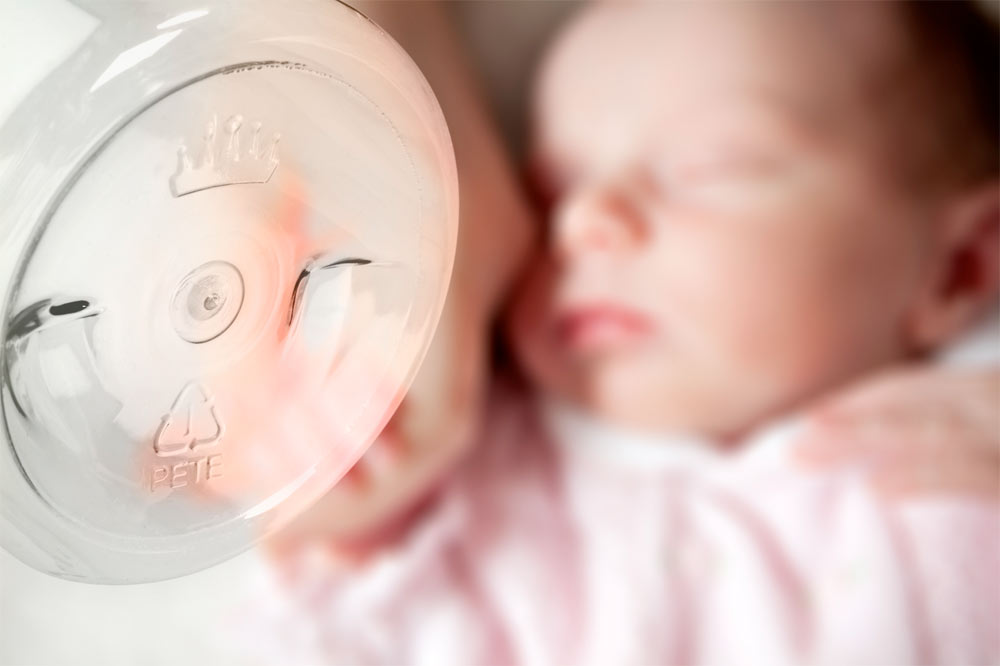
This Research in Action article was provided to LiveScience in partnership with the National Science Foundation.
To design the safest plastics, we need to first understand what truly happens to plastics in the real world as they break down.
Researchers from the University of Texas at Austin, the Lombardi Comprehensive Cancer Center at Georgetown University, and the CertiChem and PlastiPure companies of Austin, Texas, recently published a study online in the March 2, 2011, issue of the journal Environmental Health Perspectives that addresses this need.
Many consumers already look for commercial products that do not contain Bisphenol A (BPA), an estrogenically active compound that some manufacturers use for creating plastics and which leaches out of products over time (estrogenically active compounds are suspected to lead to birth defects, cancers and other health problems).
But BPA is only part of the story. For their study, the research team tested more than 500 BPA-free consumer products for other estrogenically active chemicals and found that 92 percent of the products readily leached the potentially hazardous compounds. Leaching was more common when products experienced ordinary stresses like dishwashing, microwaving and exposure to sunlight.
While BPA is widely known by the public, most consumers do not realize that scientists suspect thousands of other chemicals may be estrogenically active. The researchers' findings showed that those chemicals are consistently detectable in a wide range of BPA-free plastic materials and consumer products, regardless of retail source. In fact, the researchers found that many BPA-free products had higher estrogenic activity than the BPA-containing products that they replaced.
Additionally, the study showed consumers using the recycling numbers to determine safety of plastics may want to rethink their approach, as plastics representing all recycling numbers (1 through 7) have shown easily measurable levels of estrogenically active compounds. The highest levels were detected from baby and water bottles using Polyethersulfone (PES) or polyethylene terephthalate glycol (PETG) with measurements at and above the level of the BPA-containing polycarbonate products those plastics replaced.
Get the world’s most fascinating discoveries delivered straight to your inbox.
Moving away from plastics is not the answer, as plastics have many ecological advantages — they are lightweight and recyclable, and they have low energy consumption for manufacture and transport — and they enable innovations improving quality of life for most people. Plastics should, and will, continue to be used widely, but should immediately be made safer.
With public and private support, including an NSF Small Business Innovation Research grant, PlastiPure is developing and licensing technologies for formulating, processing and certifying plastics to be free of all estrogenically active compounds. The recent study shows plastic products made using technologies developed through those processes may even be comparable in cost to conventional products.
Any opinions, findings, and conclusions or recommendations expressed in this material are those of the author and do not necessarily reflect the views of the National Science Foundation. See the Research in Action archive.


